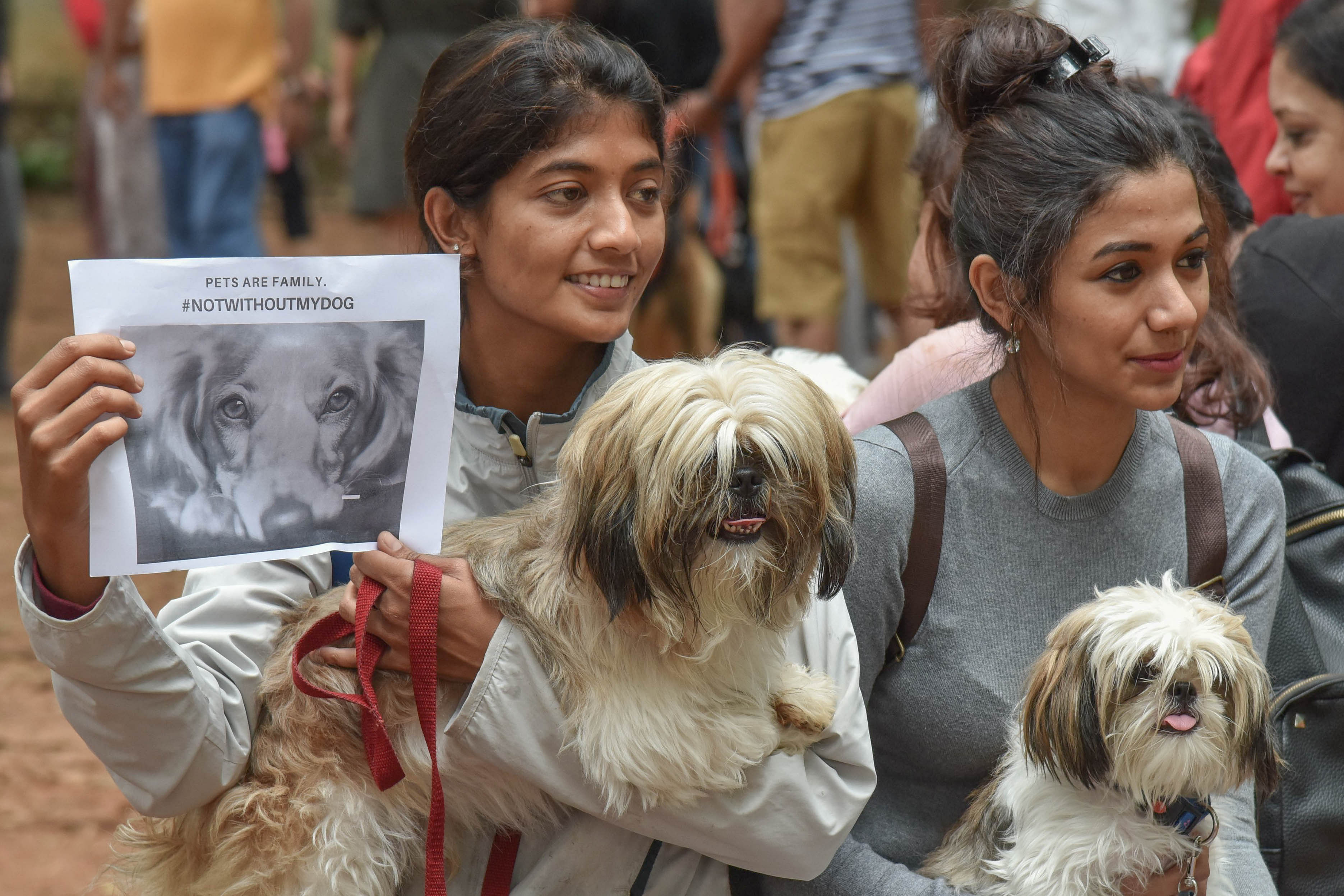The regulation of street and pet dogs is a polarised debate. Those who believe that stricter controls are required to limit the number of dogs in any neighbourhood feel that their opinion is politically incorrect. Those concerned for the welfare of animals fear that their concerns are considered as trivial demands.
Pet licences are illustrative of this divide in public opinion. Also known as “limit laws”, pet licensing laws are a common mechanism used by local municipalities in many countries to limit the number of pets a person can keep in their household. Most laws in the United States and in New Zealand, for instance, prescribe an upper limit for the number of cats or dogs per owner to three or five.
This uneasy divide was prominent in the reaction of Bengaluru's civil society to the pet licensing laws proposed by the Bruhat Bengaluru Mahanagara Palike (the BBMP), which limited the number of pet dogs to one (in the case of apartment owners) and three (in the case of owners of independent houses). Reports indicate that this law was modelled along the lines of pet licensing laws in force in Singapore.
Limit laws are often adapted from previously existing laws in other jurisdictions. To a certain extent, such laws are justifiable and reasonable. An excessive number of pets could cause a nuisance to small children, other owners of pets and other vulnerable citizens in a neighbourhood.
In some circumstance, such laws are necessary and appropriate — for instance, allowing a greater number of pets would give rise to more number of complaints of nuisance in a retirement village. But otherwise, the limits are not based on any objective and scientific criteria for limiting the number of pets in a neighbourhood, such as the ability of the owners to care for their pets, or particular features of any given residential or commercial zone.
However, good Samaritans who temporarily house injured or rescued dogs in their homes may be disadvantaged because of such limit laws. With an unclear definition of what animal would constitute a “pet”, the laws do not acknowledge circumstances in which animals may reasonably be housed not as pet but in the course of humanitarian activities.
Limit laws, similar to most laws falling under the category of remedying public nuisance, provide a complaints-based mechanism. This means that the administrative machinery is deployed to investigate and search an individual’s household once a complainant provides information.
Even if a conscientious homeowner follows the housing bye-laws (for instance, by cleaning animal deposits and ensuring that noise levels are kept to a minimum), limit laws would give such an individual’s neighbours disproportionate power to claim nuisance on account of his or her activities.
It is undesirable for good Samaritans, who genuinely wish to cooperate with an administration with limited resources to handle street and pet dogs in a humane manner, to face unnecessary interference and harassment by government officials.
Well-drafted housing or community bye-laws should, at least, identify individuals who have expressed their desire to care for rescued animals on an ad-hoc and temporary basis and prescribe rules that good Samaritans must follow in this regard.
Pet licensing laws such as the one proposed by the BBMP indicate a mismatch of ethical values. The BBMP’s prompt invitation to public consultation on pet licensing laws is an opportunity to correct this misunderstanding.
By sharing data on the problems that street dogs are causing citizens in particular zones and the harm that is being caused to dogs that are not adequately cared for (as well as the administrative hassles faced by citizens who choose to care for rescued dogs), the administration and citizens can arrive at a shared understanding of the appropriate level of regulation required for public spaces in this regard.
Neither the activists of Bengaluru’s robust grassroots movement for the protection of dogs nor the administration must indulge in demonising each other. Progress can only be made when different groups of society and the state agree on and work towards common goals.
(The writer is legal consultant and assistant professor at NLSIU)
